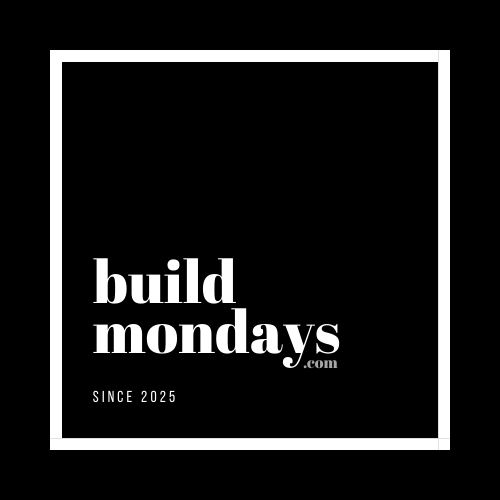When people hear the word Rust, the same images always come to mind: toxic players, door campers, betrayals, and that gut-wrenching feeling of logging back in to find your base stripped down to nothing. If you’ve played even a single wipe, you know the cycle all too well: farm all day, build something you’re proud of, only to lose it overnight to some clan with rocket launchers.
I’ve been there. And honestly? It sucks. Rust can feel like a second job, not a game. But here’s the thing I’ve discovered after 1,500+ hours: Rust doesn’t have to be like that. In fact, Rust can be cozy, creative, and genuinely fun—if you’re willing to step outside the default experience and try PVE survival servers.
Why the Default Rust Experience Burns Players Out
The traditional Rust experience is designed to be brutal. You spawn on a beach, naked, holding a rock, and the world instantly wants to chew you up. On PVP servers, other players are your biggest threat—not the environment.
The cycle looks like this:
- Grind for resources.
- Build a box with metal doors.
- Get raided.
- Repeat.
And then there’s the community. Trash talk, racism, betrayals, and people who find joy in ruining someone else’s progress. That constant grind-and-loss cycle burns players out fast. I know because I’ve quit Rust multiple times, feeling like all my time was wasted.
What Are PVE Survival Servers in Rust?
So what’s different about PVE servers? In short: no player raiding, no player killing.
PVE stands for Player vs Environment. You still have to worry about survival—the cold, hunger, animals, and monuments—but other players can’t wipe out your progress overnight.
Many PVE servers also add quality-of-life mods to make things more fun: teleportation commands, backpack systems, night vision, or custom events. The goal isn’t to strip Rust of its survival element—it’s to shift the focus away from toxic competition and back onto what makes survival games so addicting: building, exploring, and creating.
How PVE Changes the Way You Play Rust
Here’s where it gets good. Playing Rust on PVE servers completely changes the way you approach the game:
- Building becomes joyful instead of defensive. You don’t just slap down a 2×2—suddenly, you’re thinking about architecture, lighting, even landscaping.
- Exploration feels rewarding. Monuments, caves, and puzzles become adventures rather than raid-prep grinds.
- Community is healthier. Instead of fearing your neighbor, you might team up with them, trade items, or collaborate on a giant town build.
When I play Rust this way, I find myself logging in not to defend what I already built, but to keep improving and experimenting.
The Joy of Building on PVE Servers
This is where Rust finally clicked for me. On PVP servers, building is all about efficiency and defense—honeycomb walls, metal doors, airlocks. Your “home” is just a fortress.
On PVE servers, though, I get to treat my base like… well, a home. I can build villages, decorate interiors, create cozy corners, or even experiment with massive cityscapes.
One of my proudest creations was what I call my “Neon City” build inside an ice cave. Using tricks I picked up from a YouTuber named BenjaminPlaysRust, I transformed neon signs into vibrant lighting. It looked like something out of Cyberpunk 2077—suspended walkways, glowing signs, industrial towers. And it was only possible because I wasn’t worried about some raider blowing it all to pieces.
That’s the kind of freedom PVE servers unlock.
“But That’s Not Rust!”
I can already hear the critics: “But Rust is supposed to be hardcore. If you’re not raiding or being raided, you’re not really playing.”
And look—I get it. PVP Rust has its place, and there’s a reason it’s the default. But Rust is also a sandbox survival game. The beauty of a sandbox is that you play how you want.
It’s like Minecraft. Some players thrive in competitive PVP factions. Others just want to build cozy cottages in a flower biome. Both playstyles are valid, and both groups are having fun. Rust should be no different.
Tips for Finding the Right PVE Server
Not all PVE servers are created equal. If you want to try this out, here’s what to look for:
- Active admins → Keeps griefers and rule-breakers in check.
- Quality-of-life mods → Teleports, backpacks, shops, or fun custom events.
- A decent population → You want enough players for community, but not so many that the map feels crowded.
Some servers lean toward a vanilla feel with just PVE rules, while others go wild with modded content. Try both and see which style fits you best.
Final Thoughts: Rust Reimagined
For me, Rust went from being a frustrating, toxic grind to a game I genuinely look forward to playing—just by switching servers. On PVE, I get to focus on what I love most: building, experimenting, and creating spaces that feel alive.
If you’ve ever quit Rust because you were sick of raiders or toxic players, I honestly think PVE servers might be your way back in. Rust doesn’t have to be punishment—it can be one of the most creative and rewarding survival sandboxes out there.
👉 I’d love to hear from you: Have you ever tried a PVE Rust server? What’s the best thing you’ve built when you weren’t worried about being raided? Drop a comment below and let’s swap stories.

